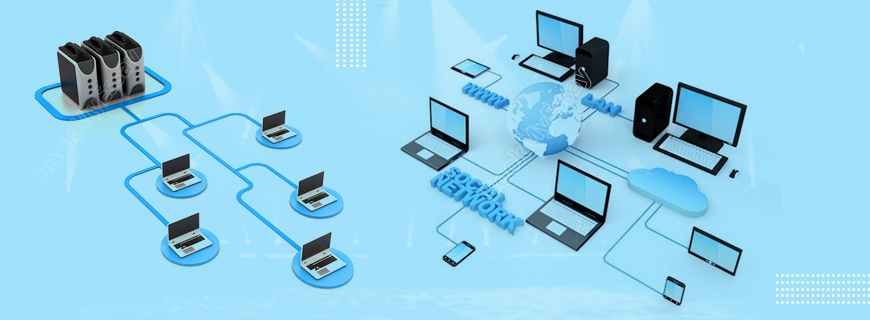- You are here:
- Home
- Courses
- Basic Networking Administration
- Linux Fundamentals
- MS-100 365 Identity And Services
- MS-203 365 messaging
- AZ-104 Azure Administrator
- AZ-305 Azure Infrastructure Solutions
- AZ-500 Azure Security engineer Associate
- AZ-700 Azure Network Engineer associate
- AZ-900 Azure Fundamentals
- Basic Networking Administration
- Basic Server Administration
- AWS SYSOPS
- AZURE DEVOPS
- AZURE KUBERNETES
BASIC NETWORKING ADMINISTTRATION
Network Administration + Networking Essential Part 1
What you'll learn
- What is network Administration
- Who Should Learn network Administration
- Key Components and Cocepts Of Computer networks
- Network Types
- Network Security
Train By Professionals
Job Oriented Syllabus
Certificate of completion
Resume Building & Job Assistance
Complete Syllabus
Module 1 : Introduction To Networking
- Understanding The Basic Of Computer Networks
- Types of networks (LAN,WAN,WLAN,MAN,PAN)
- Network topologies (Bus, Star, Ring, Mesh)
- OSI and TCP/IP models
Module 2 : Network Devices
- Introduction to network devices (Routers, Switches, Hubs, Modems, Access Points)
- Functions and roles of network devices
- Configuration and management of network devices
Module 3 : IP Addressing and Subnetting
- IPv4 vs. IPv6
- IP address classes and ranges
- Subnetting basics (subnet masks, CIDR notation)
- Subnetting practice exercises
Module 4 : Network Protocols
- Introduction to network protocols (TCP, UDP, ICMP)
- Common application layer protocols (HTTP, FTP, SMTP, DNS)
- TCP/IP protocol suite overview
Module 5 : Network Securityy
- Basics of network security principles
- Threats and vulnerabilities in networks
- Introduction to firewalls, VPNs, and IDS/IPS
- Security best practices
Module 6 : Network Configuration and Troubleshooting
- Configuration of network devices (routers, switches)
- Introduction to CLI (Command Line Interface)
- Basic network troubleshooting techniques
- Using network diagnostic tools (ping, traceroute, nslookup)
Module 7: Wireless Networking
- Introduction to wireless networks
- Wireless standards (802.11a/b/g/n/ac)
- Wireless security protocols (WEP, WPA, WPA2, WPA3)
- Configuring and securing wireless networks
Module 8: Network Management and Monitoring
- Introduction to network management
- SNMP (Simple Network Management Protocol)
- Network monitoring tools (Wireshark, Nagios, Zabbix)
- Performance optimization and capacity planning
Module 9 : Virtualization and Cloud Networking
- Introduction to virtualization technologies
- Virtual LANs (VLANs)
- Cloud computing basics
- Cloud networking concepts
Module 10: Emerging Technologies
- Introduction to SDN (Software-Defined Networking)
- IoT (Internet of Things) and its impact on networks
- Blockchain and its potential applications in networking

